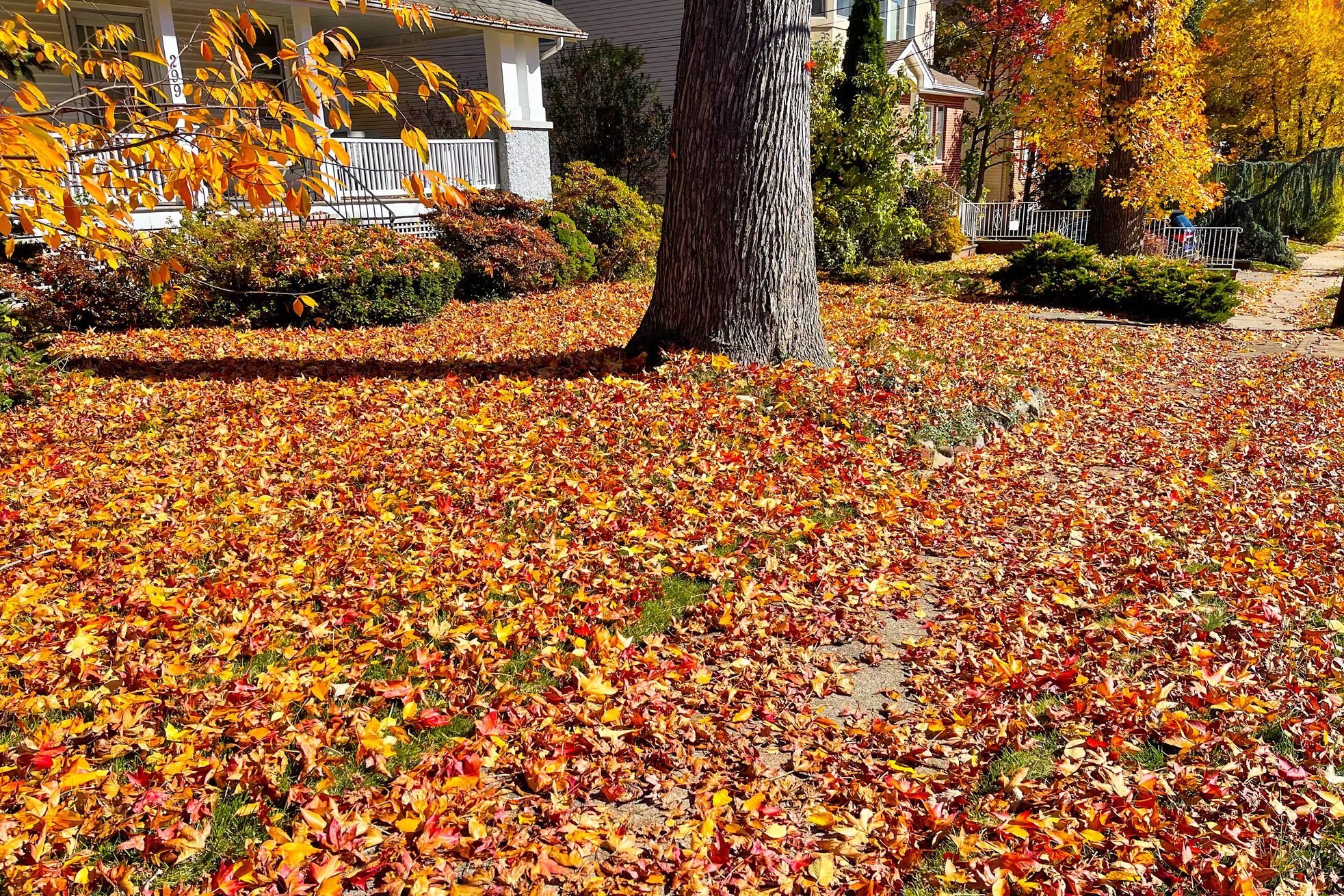Find out how much DIY vs pro leaf removal costs, alternative methods and pricing models in this expert guide.
Our editors and experts handpick every product we feature. We may earn a commission from your purchases.Learn more.


Find out how much DIY vs pro leaf removal costs, alternative methods and pricing models in this expert guide.
Our editors and experts handpick every product we feature. We may earn a commission from your purchases.Learn more.
Fall is a season of beauty, but it also brings the task of leaf removal for homeowners with deciduous trees (trees that shed their leaves in fall). Whether you’re new to yard care or have been managing your own leaf removal for years, you might be curious about the costs involved in hiring professionals to do the job. I do my own leaf cleanup, as I use it for composting and mulching, but if you don’t have the right setup to make use of the fallen leaves, hiring a pro to remove them is a solid option. The national average cost of leaf removal is $350, but you can pay anywhere from $150 to $1,000, depending on the size of your yard and the number of deciduous trees you have.
On This Page
How a pro determines the cost of leaf removal varies. Keep an eye out for special deals for booking well ahead of fall. You may not be thinking about leaf removal in spring and summer, but that’s when you can get the best offers. Pro will likely want to come and view your property to give you an accurate quote.
There are four main pricing models used for this service.
DIY leaf removal for smaller yards makes the most sense, especially if your municipality offers free curbside leaf pickup. You need a leaf rake, lawn bags, and gloves. You can also use a leaf blower or vacuum to make life easier. Once you’ve got your equipment, the only other things you need are some time and energy. Bright spot: You can skip your workout on leaf raking day!
Do remember that some communities charge for dumping leaves at compost sites.
Because I mostly use my leaves for mulch and compost, I tend to mow my fallen leaves and then dump the leaf/grass-clipping mix into the compost heap. And, for well-rotted leaf mulch, I just vacuum up the dry leaves, pack them into dark bags, and leave them to rot down for a year.
If you have a large property, your city charges for leaf dumping or you just don’t have the time or the ability to do it yourself, then yes, professional leaf removal is worth the expense. It’s a no-hassle, no-effort way of keeping your yard in good condition.
However, if you find yourself spending money on mulch, compost and slow-release fertilizer, I’d recommend using your fallen leaves to provide valuable nutrients to your plants and to build soil health. You don’t even have to rake the leaves if you don’t want to. Instead, use them as a late season mulch for your lawn. In late fall, mow the leaves, but take the collection bucket off the back of your mower. Just let the clippings spew out of the back of the mower. Leave them where they land, and they’ll quickly break down into base nutrients that feed your lawn naturally. I don’t like to leave large quantities of whole leaves on the lawn because they take longer to break down, can give pests a place to overwinter, can grow mold or harbor disease, and can block sunlight and kill off patches of grass.